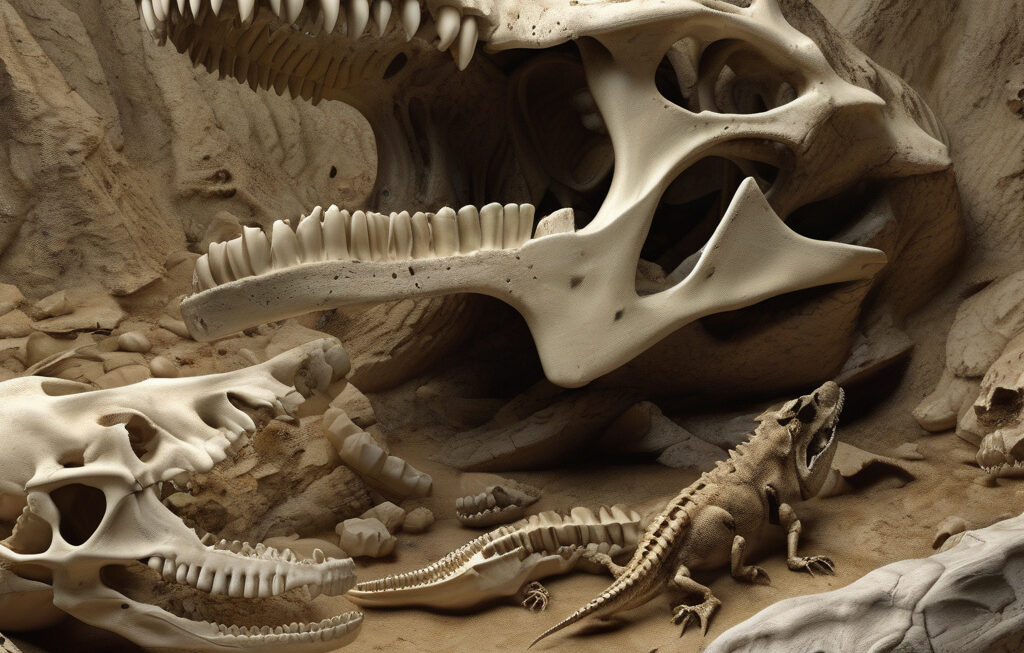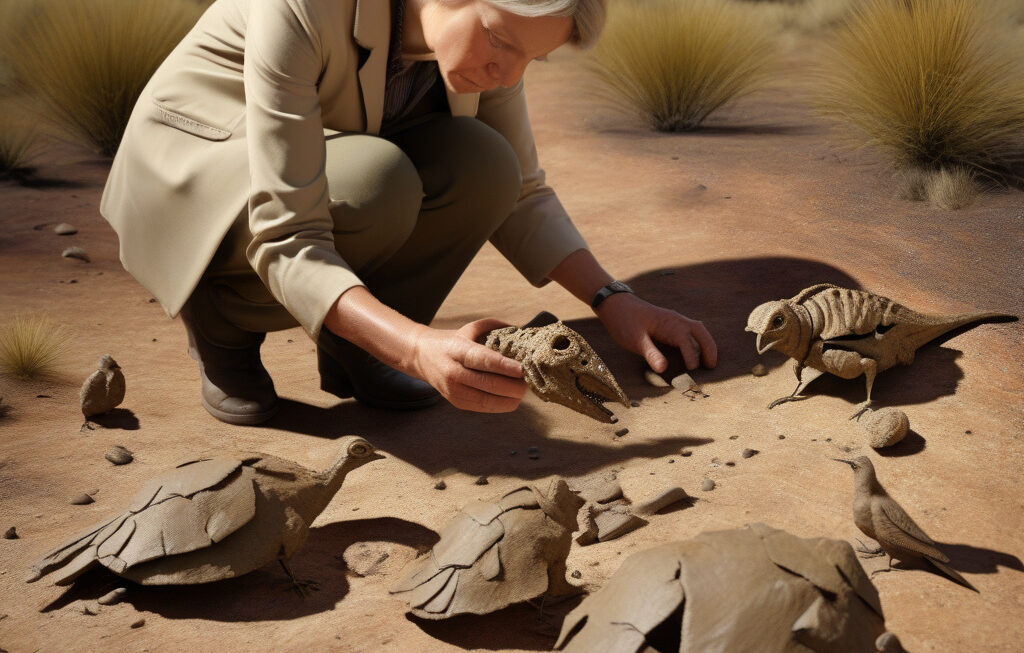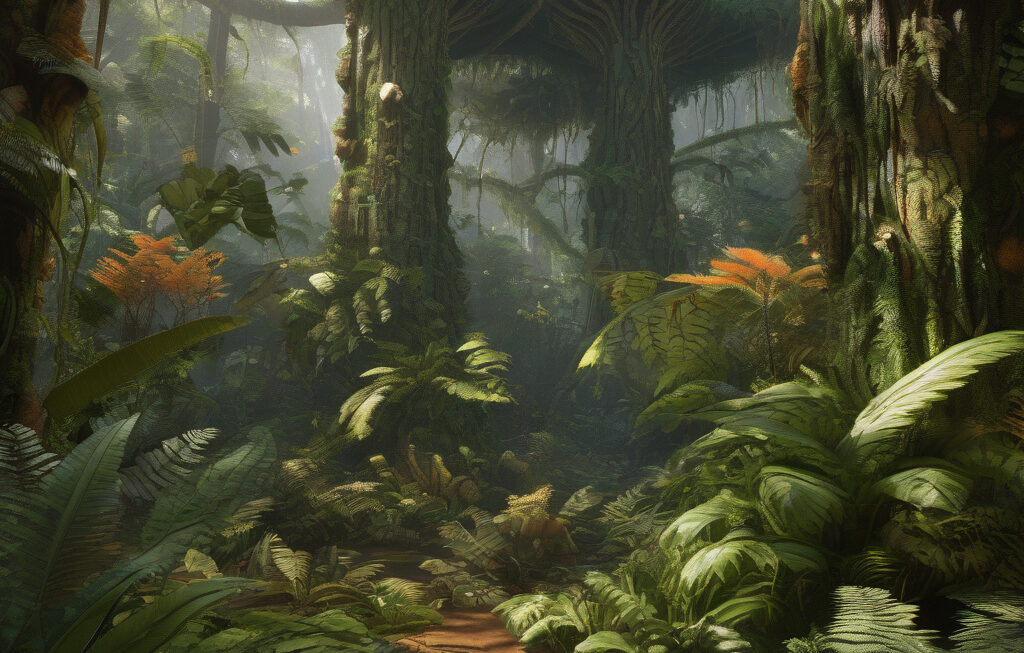Fossil Reveals Fierce Crocodile Cousin with Jaws Powerful Enough to Hunt Dinosaurs
Scientists in Argentina have uncovered the fossil of a powerful prehistoric reptile that once dominated the ancient waterways. This remarkable discovery sheds light on a lesser-known predator from the dinosaur era, showcasing the incredible diversity of life that existed millions of years ago.
The newly discovered creature, named Luperosuchus fractus, belonged to a group of reptiles known as rauisuchians. These fearsome predators roamed the Earth during the Triassic period, predating the dinosaurs. What sets Luperosuchus apart is its remarkable resemblance to modern crocodiles, combined with a set of jaws that were likely powerful enough to take down even the largest of dinosaurs.
Measuring around 9 feet in length, Luperosuchus would have been a formidable predator in its time. Its long, slender body and powerful limbs indicate that it was well-adapted to a semi-aquatic lifestyle, much like its modern-day crocodilian cousins. However, what truly sets Luperosuchus apart is its massive skull, filled with sharp teeth that were perfectly suited for hunting and tearing through tough dinosaur flesh.
According to the researchers involved in the discovery, the anatomy of Luperosuchus suggests that it was a top predator in its ecosystem, capable of taking down prey much larger than itself. Its robust jaws and strong bite force would have allowed it to ambush unsuspecting dinosaurs that ventured too close to the water’s edge, making it a force to be reckoned with during the Triassic period.
The discovery of Luperosuchus highlights the importance of studying lesser-known prehistoric creatures to gain a more comprehensive understanding of the ancient world. While dinosaurs often steal the spotlight, there were numerous other fascinating species that roamed the Earth alongside them, each with its own unique adaptations and evolutionary path.
By piecing together the clues left behind in the fossil record, scientists can reconstruct the ecosystems of the past and gain insights into how life on Earth has evolved over millions of years. The discovery of Luperosuchus adds another piece to this ever-expanding puzzle, providing a glimpse into the diverse array of predators that once ruled the planet.
As researchers continue to uncover new fossils and study the remains of ancient creatures like Luperosuchus, our understanding of prehistoric life will only continue to grow. Each new discovery brings us closer to unraveling the mysteries of the past and appreciating the sheer variety of life forms that have existed on Earth throughout its long history.
In the case of Luperosuchus, this fierce crocodile cousin serves as a reminder of the complex web of life that has shaped our planet and continues to fascinate scientists and enthusiasts alike. Though long extinct, its legacy lives on in the fossil record, offering us a glimpse into a bygone era when giant reptiles ruled the Earth.
#FossilDiscovery, #PrehistoricPredator, #DinosaurEra, #AncientReptile, #TriassicPredator












